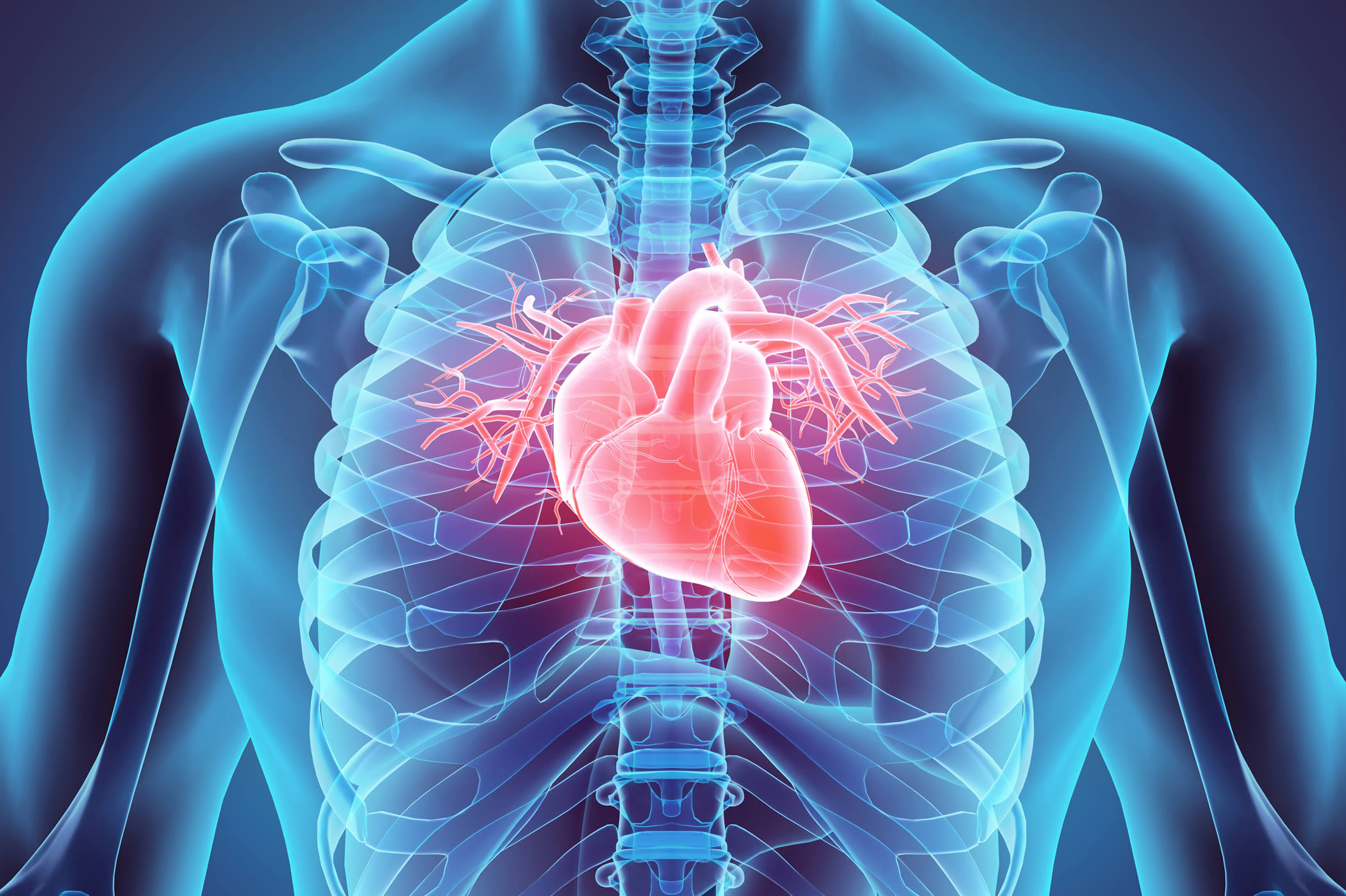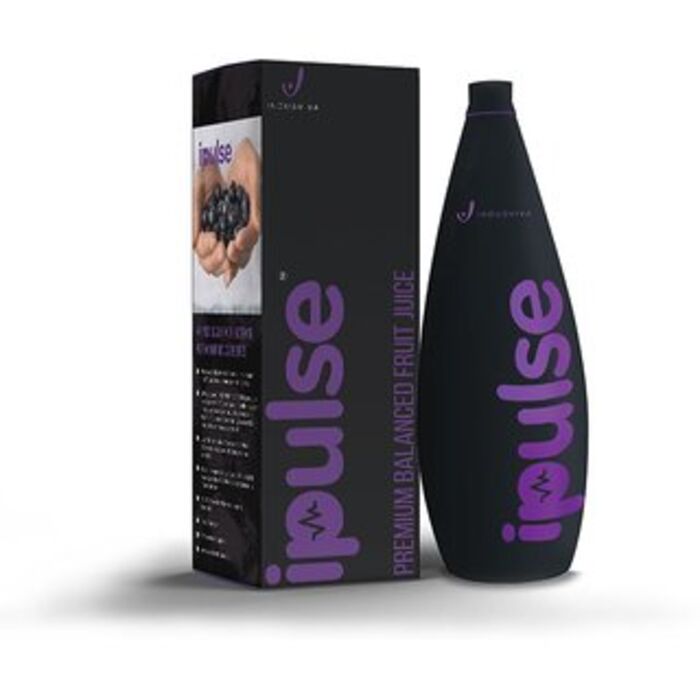
Pray: Prayerfully explore the church’s current situation and the world in which leadership will occur. Today, how will I courageously walk with Jesus, the peaceful One? Spiritual Practice It is why we travel this journey together as communities of Christ.

The temptation to withdraw is real at times. This takes courage when sometimes the world seems hostile to God’s movement of generous compassion and love. It is reflected in the first two lines of the Mission Prayer-God, where will your Spirit lead today? Help me be fully awake and ready to respond. I have experienced this change of heart as a willingness to make room for the Spirit to work in and through us. It becomes what Richard Foster describes as a deeper, yes burning within, that makes each choice to respond clearer, moving us to courageously share the generous love and peace of Jesus Christ. I use the word dangerous because this divine encounter is unsettling, disruptive, and life changing It is this divine, disruptive impulse that nudges us dangerously close to the heart of God where, as President Veazey shared, “something not fully explainable but utterly transforming” is occurring, changing us and the way we see everyone we encounter. If the electrical rhythm is abnormal, you may need medicine or a procedure.Then Jesus told them a parable about their need to pray always and not to lose heart. This painless test involves recording the electrical activity of your heart with several small stickers attached to your chest. Your doctor may do an ECG (electrocardiogram) to assess the rhythm of the heart. Symptoms of an arrhythmia can include a feeling that your heart is fluttering (heart palpitations), shortness of breath, dizziness, or fainting. This causes a faster or slower heartbeat. The normal conduction pathway is interruptedĪnother part of the heart takes over as pacemaker. The heart's natural pacemaker (the sinus node) becomes diseased and slows down An abnormal heartbeat (arrhythmia) may occur when: Under some abnormal conditions, certain heart tissue is capable of starting a heartbeat, or becoming the "pacemaker," just like the sinus node. What can go wrong with the heart's electrical system? In general, your heart rate slows as you age. Normally at rest, the heart contracts about 60 to 100 times a minute depending on your age. The bundle of His divides into right and left pathways (bundle branches) to give electrical stimulation to the right and left ventricles. After passing through the AV node, the electrical current then continues down the conduction pathway, through a pathway called the bundle of His, and into the ventricles. The blood from the atria empties into the ventricles before the ventricles contract. This allows the atria to contract a fraction of a second before the ventricles. In the AV node, the impulses are slowed down for a very short period. This node is located between the atria and the ventricles. The signal travels to the AV node (atrioventricular node).

The original electrical impulse travels from the sinus node across the cells of your heart's right and left atria. The ventricles then contract to push blood out into the blood vessels of the body. The right and left atria are stimulated first and contract to push blood from the atria into the ventricles. This electrical pulse travels down through the conduction pathways and causes the heart's lower chambers (ventricles) to contract and pump out blood. In an adult, the sinus node sends out a regular electrical pulse 60 to 100 times per minute.

The sinus node is a small mass of special tissue in the right upper chamber of the heart (right atrium). It's also called the sinoatrial node (SA node). Click Image to Enlarge How does the heart beat?Īn electrical stimulus is generated in a special part of the heart muscle called the sinus node.


 0 kommentar(er)
0 kommentar(er)
